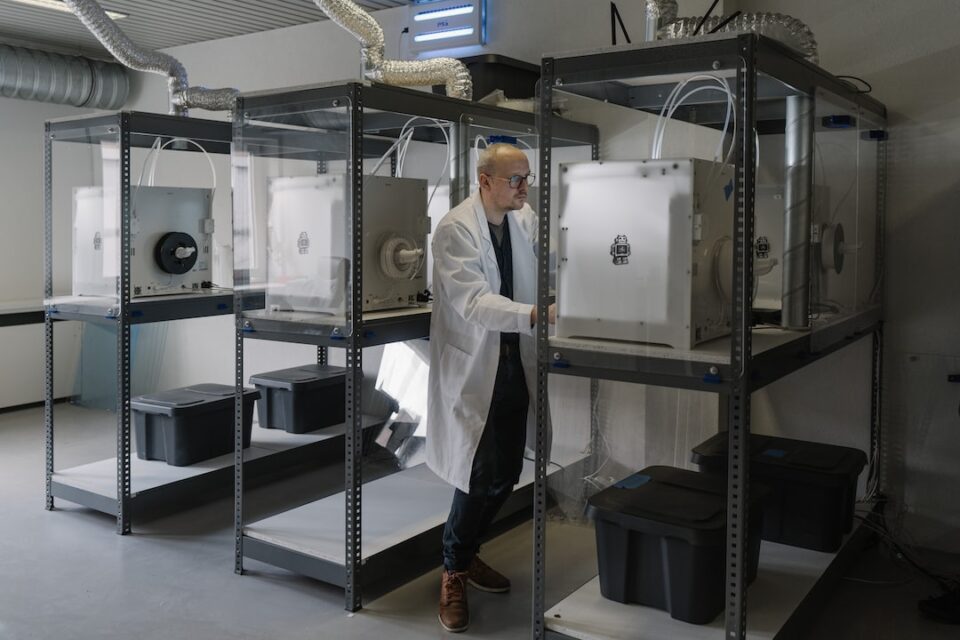10 Essential Tools for a Successful Production Line
In today’s fast-paced and competitive business world, having a successful production line is crucial for any manufacturing company. A smooth running production line can lead to higher productivity, improved quality, and increased profitability. However, achieving this level of success requires the right tools and equipment. In this post, we will discuss 10 essential tools that every production line should have to ensure efficient and effective operations.
1. Automated Assembly Machines: Automated assembly machines are indispensable tools for streamlining production processes. These machines can perform repetitive and time-consuming tasks with high precision, allowing for increased efficiency and reduced human error. From assembling delicate electronic components to packaging products, these machines are essential for any modern production line.
2. Conveyor Systems: Conveyor systems are the backbone of a production line, providing a continuous and seamless flow of materials or products. They help to optimize workflow by eliminating the need for manual transportation, reducing bottlenecks, and increasing overall productivity.
3. Digital Inventory Management System: An accurate and real-time inventory management system is essential for a successful production line. It helps to track and manage inventory levels, reducing the risk of stockouts or overstocking. With a digital inventory management system, you can easily monitor stock levels, place orders, and improve supply chain efficiency.
4. Quality Control Tools: Quality control is a critical aspect of any production line. Tools such as calipers, gauges, and spectrometers help ensure that products meet the desired specifications and standards. These tools enable manufacturers to identify and resolve any quality issues, resulting in improved customer satisfaction and reduced waste.
5. Lean Manufacturing Tools: Lean manufacturing tools and methodologies, such as value stream mapping, 5S, and Kanban systems, are essential for optimizing production processes. These tools help eliminate waste, improve efficiency, and enhance overall productivity.
6. Ergonomic Workstation Design: Creating a safe and ergonomic workstation is essential for the well-being of your production line workers. Ergonomic tools such as adjustable height workstations, anti-fatigue mats, and proper lighting can significantly improve worker comfort and productivity.
7. Programmable Logic Controllers (PLCs): PLCs are computer-based control systems that monitor and control various aspects of the production line. They help automate processes, minimize human intervention, and enhance overall efficiency. PLCs can be programmed to perform complex operations, making them indispensable tools for any modern production line.
8. Material Handling Equipment: Material handling equipment, such as forklifts, pallet jacks, and cranes, are vital for efficient movement of raw materials and finished products within a production facility. These tools reduce the risk of injury, minimize damage to goods, and accelerate the overall production process.
9. Maintenance and Diagnostic Tools: Proper maintenance of production line equipment is crucial for preventing breakdowns and ensuring smooth operations. Diagnostic tools, such as infrared cameras and vibration analyzers, can detect potential issues before they escalate, allowing for timely repairs and minimal production interruptions.
10. Continuous Improvement Software: Implementing a robust continuous improvement software system, such as Six Sigma or Total Quality Management (TQM), is essential for fostering a culture of improvement within a production line. These software tools help identify areas of improvement, track progress, and implement corrective actions, leading to enhanced efficiency and quality.
In conclusion, having the right tools is vital for the success of any production line. From automated assembly machines to continuous improvement software, each tool plays a crucial role in enhancing productivity, improving quality, and increasing profitability. By investing in these essential tools, manufacturing companies can ensure a smooth running production line and gain a competitive edge in the market.

